The time has come – the first arrival of sargassum has been reported on the beaches of Cancun and the Riviera Maya by tourist service operators, slightly ahead of the predicted schedule.
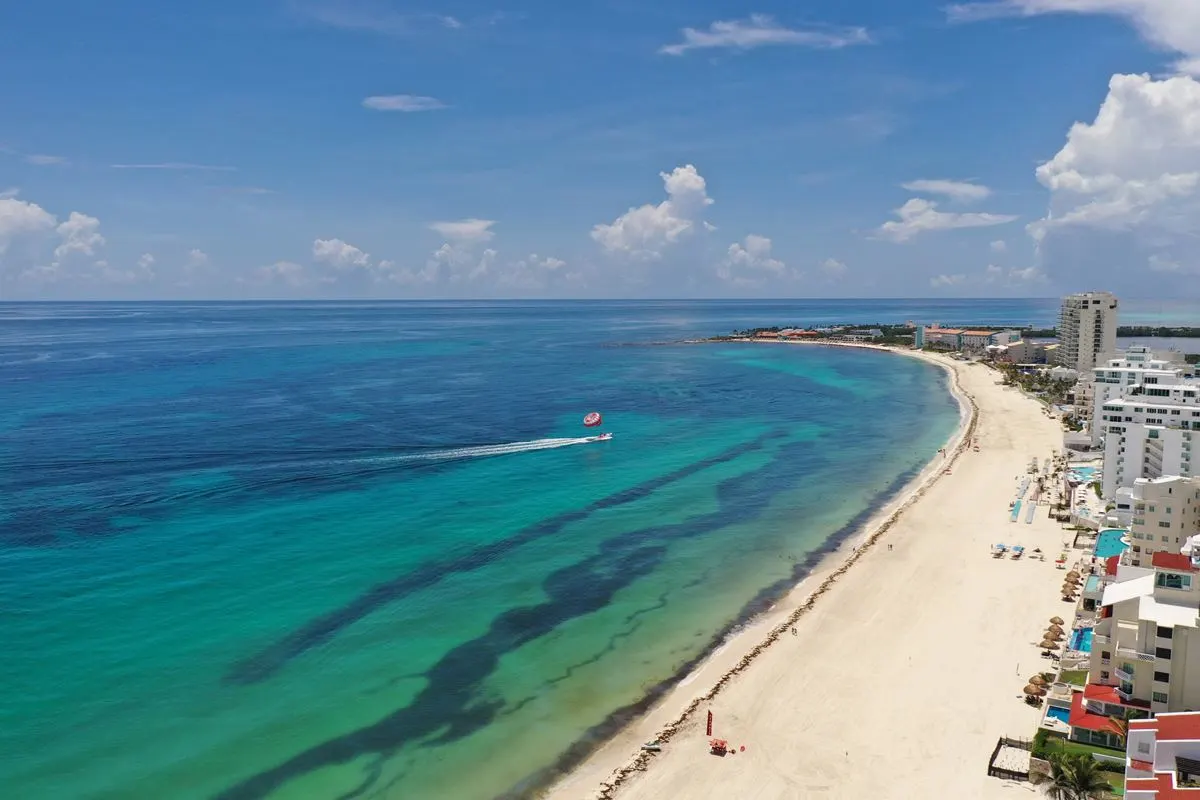
Spring break is about to commence in the Mexican Caribbean, with large swathes of tourists traveling to the booming region in search of some hot sun, some sugary white sands, and some crystal blue waters.
Cancun leads as one of the busier hotspots, being the most popular destination for American tourists during any high season, and so the early arrival of sargassum is not the news they want to hear.
Sargassum Is Old News, Right?
Reporting on sargassum has become something of the norm for travel experts, and has also grown to be expected by tourists over the years.
Sargassum is a type of floating algae that provides food, protection, and habitat for marine life and has been washing up on shores in large, smelly masses more than ever these past few years.
@sciencebyashley What is the Great Atlantic Sargassum Belt, and how might it impact you? 🌊This 5000 mile long wad of floating seaweed hangs out in the Atlantic Ocean and can be seen from space stretching from the Gulf of Mexico all the way to the Congo – and in recent years it has grown larger 🐠In the open sea, this mass of algae is a great habitat for marine life and functions as an excellent carbon sink, 🏝️However when it reaches shallow waters (which it typically will do around May, it’s a bit early this year…) it can smother coral reefs, deplete the water of oxygen resulting in fish death, block intake valves, and prevent boats from passing through 🥚And once it reaches the beach it begins to rot and smell like rotten eggs (hydrogen sulfide) which in high concentrations can cause certain health problems (especially if you’re pregnant) 🪴Ideally it would make an awesome fertilizer or soil amendment like other seaweeds can – BUT sargassum tends to have a higher concentration of heavy metals like arsenic which can make it problematic 📈Now this habitat is important, but the rate it is growing is alarming 🌳It’s fed by an increase in nutrients like phosphorous and nitrogen that come from fertilizer runoff, deforestation, soy farming, and other human activities. And increased flooding from climate change doesn’t really help either. 👩🏼🔬Scientists are working to find solutions, such as sinking it into the deep sea as a form of carbon storage, removing the arsenic and using it for fertilizer, biofuels, or even biodegradable plastics 🤿Tip for you if you see it on your beach – Don’t swim in it – it may have little organisms living in it like jellyfish larvae that may sting you #sargassum #scicomm #marinebiology #environmentalist #sciencenews ♬ original sound – Ashley Diedenhofen 𓇼
Thought to be the work of climate change and the rising temperatures of the ocean, the Mexican Caribbean has been hit the heaviest year after year with the phenomenon, causing officials to come up with new ways to tackle it.
With task forces of hundreds of people brought in to clean and collect the large masses, as well as sargassum barriers being installed along the coast, and even the Mexican Navy getting involved, sargassum is something the Mexican Caribbean is taking very seriously.
Sargassum Arrives Once Again In Cancun
Originally thought to be landing in April, the recent weather has caused the first arrival of sargassum on the main beaches of Cancun in the hotel zone ahead of schedule.
@sourcecandy Replying to @Ozan WHAT BEACH?😩 #Sargassumseason #CANCUN #August ♬ original sound – Sheena
Rodolfo Espadas, vice president of the Association of Tourism Entrepreneurs of the Costa Maya stated, “Due to the weather conditions of recent weeks, the strong winds and waves, the sargassum arrival was brought forward almost a month and a half.
Calls for containment fences and collection boats to begin work immediately have begun to circulate, though they had previously planned to begin in April.
However, as the sargassum is already on the beautiful beaches of Cancun and the Riviera Maya, action must be taken swiftly so to avoid any of the services becoming overwhelmed.
“It is better to start containing the algae from its first arrival and have everything ready when the larger islands arrive, because otherwise even the fences end up breaking…”, Espadas said.
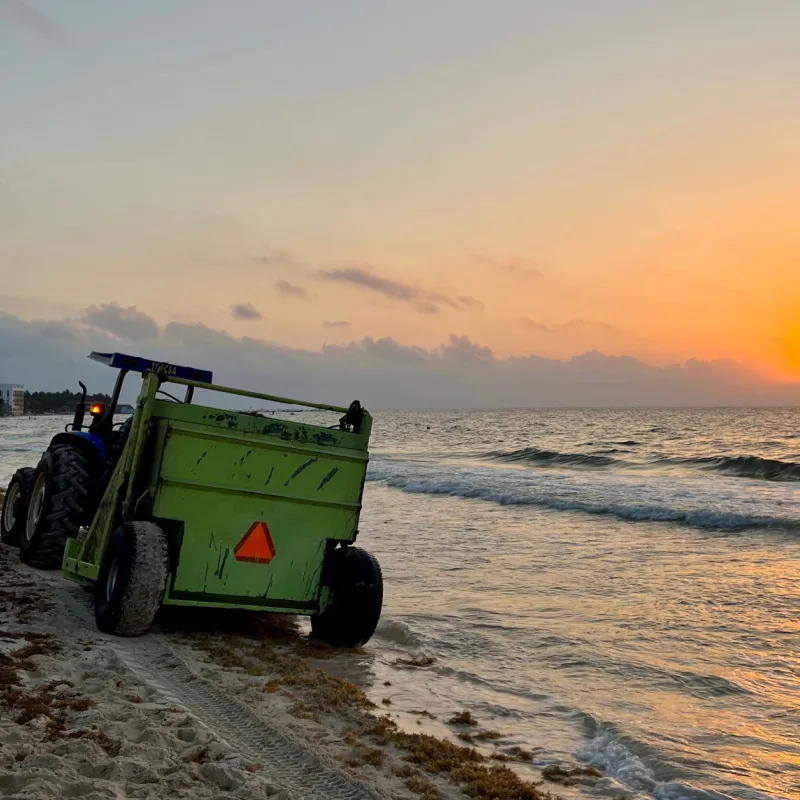
In Quintana Roo alone 11 coastal sargassum vessels are operating in the waters, along with 16 smaller vessels, four tractors, sweepers and 9000 meters of sargassum containment barriers; not the mention the 340 naval soldiers all working to protect the shoreline.
In case you haven’t got the picture by now…the Mexican Caribbean is doing everything within its power to prevent the arrival of sargassum from affecting your vacation in any way.
So What Does the Sargassum Arrival Mean For You?
There is certainly no way to sugarcoat it; the worst-case scenario is that some of the beloved beaches of the Mexican Caribbean will be covered in brown algae, and it’s not particularly the most glamorous or nice-smelling thing to feast your eyes and nose upon.
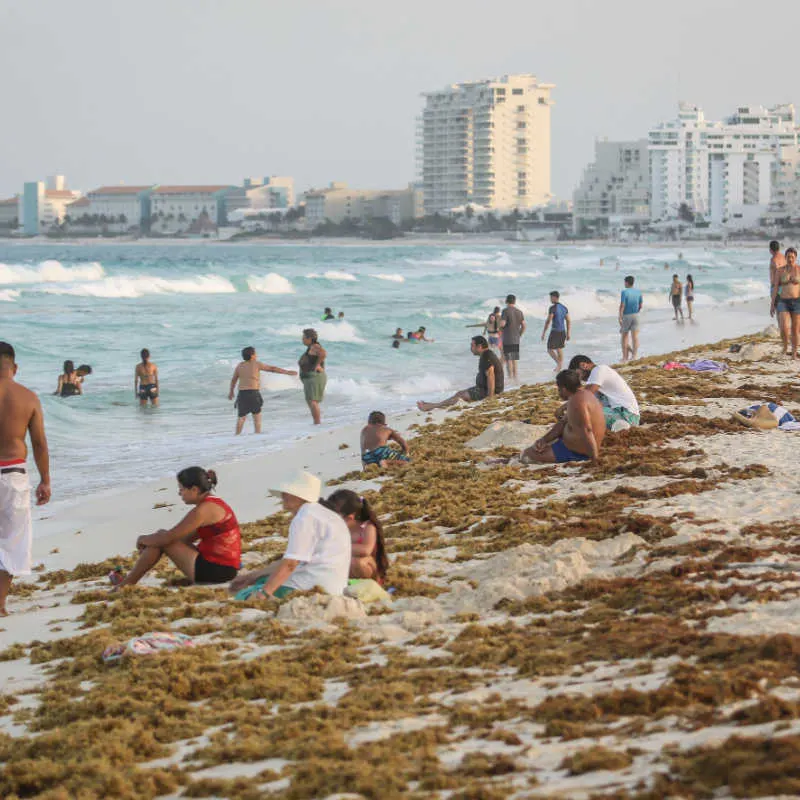
Even in situations where there are containment barriers, sargassum can still pass through and float in the water where tourists swim, which isn’t everybody’s idea of paradise.
The good news is that the preventative measures that the government is taking this year, by using the Mexican Navy and barrier protection, is the most it has ever done in its fight against sargassum.
It may be this year that the smelly seaweed doesn’t affect your vacation too much and you can go about your life enjoying the paradise that was promised to you when coming to somewhere like Cancun.
And even if it does end up on your hotel beach, the teams of people hired to combat the situation may just be able to get rid of it as quickly.
We have to remember, also, that sargassum actually has a lot of benefits, especially for marine life that is constantly under threat in the ever-changing world… but we appreciate that it doesn’t necessarily help your situation while on vacation.
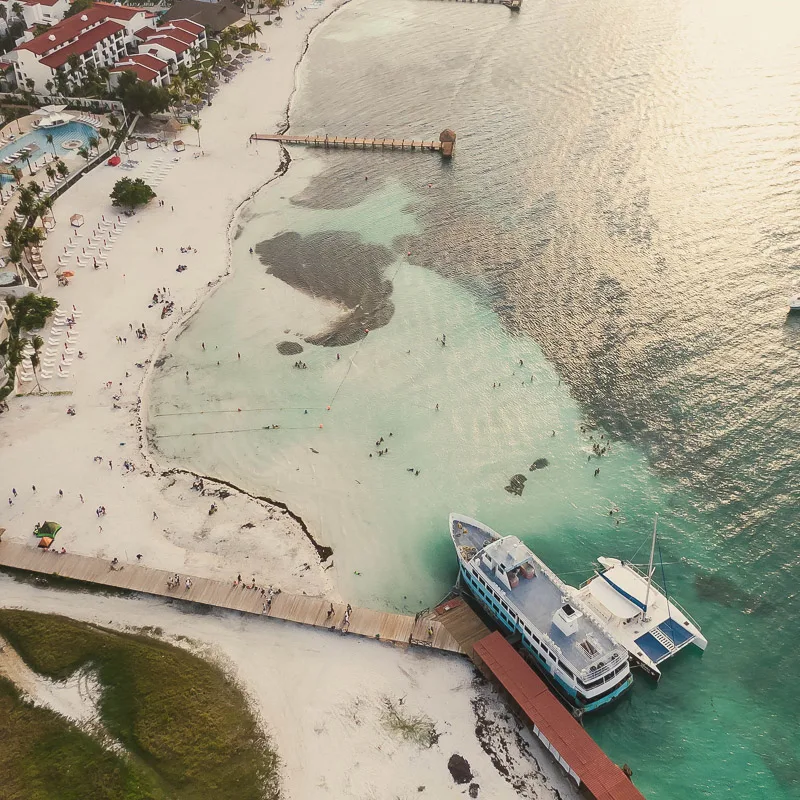
The best thing to do at the moment is to keep up to date with sargassum sightings and have some great backup plans if the beach isn’t going to work for you that day.
Maybe it’s a visit to one of the many cenotes in the region, which offer a perfect alternative to swimming in the ocean…
Or maybe you want to get your Indiana Jones hat on and go exploring some ancient Mayan ruins that date back over 1,500 years ago instead…
Whatever happens, don’t panic; your vacation is in safe hands if you’re heading to Cancun and the Riviera Maya, with officials doing everything in their power to make sargassum not a problem this year!
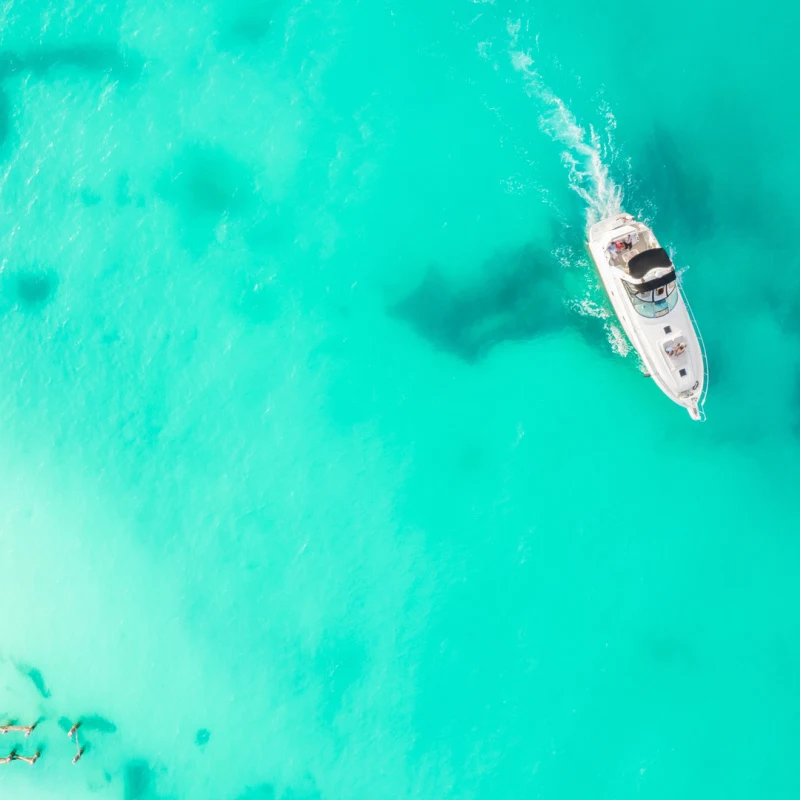
Plan Your Next Cancun Vacation:
Traveler Alert: Don’t Forget Travel Insurance For Your Next Trip!
Choose From Thousands of Cancun and Riviera Maya Hotels, Resorts and Hostels with Free Cancellation On Most Properties
↓ Join the community ↓
The Cancun Sun Community FB group has all the latest travel news, conversations and tourism Q&A’s for the Mexican Caribbean

Subscribe to our Latest Posts
Enter your email address to subscribe to The Cancun Sun’s latest breaking news affecting travelers, straight to your inbox.
